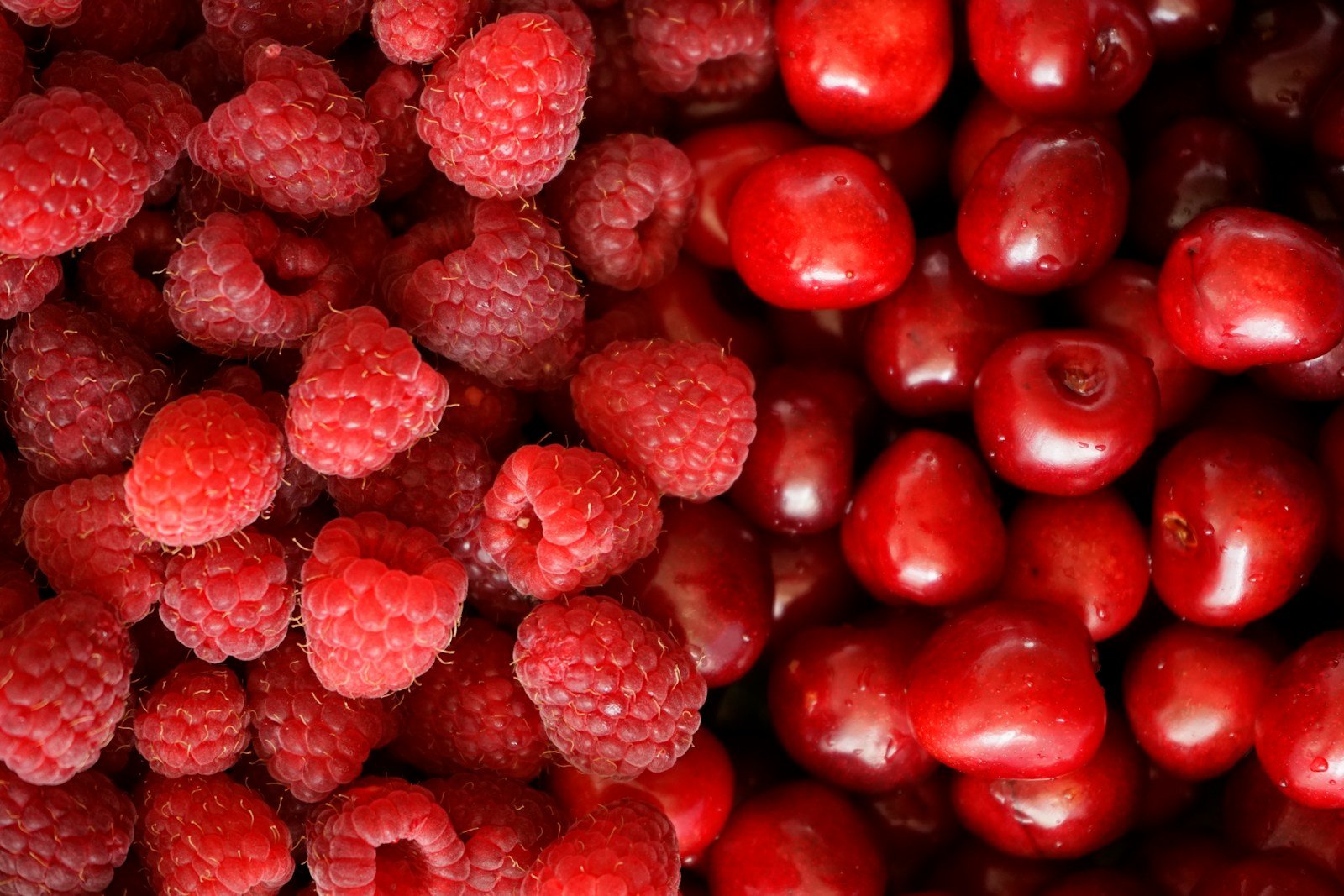Let’s fight free radicals and hypertension with antioxidants
Studies have shown that free radicals increase the risk of cardiovascular disease and hypertension.
Free radicals are molecules, or portions of molecules, with one too few electrons, making them extremely reactive. They are at the basis of aging and tend to increase levels of blood pressure.
By acting upon the fats in cell membranes and the nuclear protein, they can provide great damage to cells by destroying their membranes and nuclei, although all parts of the cell could be damaged.
Free radicals are constantly being formed in the cells of our organisms; white blood cells, for example, create free radicals to attack viruses and bacteria. They also form as a result of smoking, and are at the basis of aging, tumors, arteriosclerosis and excessively high blood pressure levels.
Oxidative stress leads to great risk of events that can cause hypertension and many other problems.
Free radicals act directly on the endothelium, the inner layer of blood vessels, causing a chronic inflammation of artery walls, which in turn causes them to increase in thickness, due to the growth of cells in the smooth tissue, leading to an increase in blood pressure and in the likelihood of hypertension. Oxidative stress also has a considerable effect on the autonomic nervous system and the baroreceptors present inside artery walls that cooperate with other factors to control the diameter of the blood vessels through vasoconstriction (which increases blood pressure) and vasodilation (which decreases blood pressure).
The most common free radical is the superoxide anion, which is extremely dangerous due to the fact that it destroys nitric oxide, causing hypertension.
Free radicals build up in our cells, causing premature aging and disease. The defense mechanisms that our organism uses against free radicals are called antioxidants (enzymes, vitamins and minerals), which act upon free radicals, making them harmless.
The United States Department of Agriculture has established a measure of the antioxidant power of plant products, calling it ORAC (oxygen radical absorbance capacity).
The first among fruits are black plums, followed by raisins, blueberries, strawberries, blackberries, raspberries, black grapes and cherries, while the top vegetable is cabbage, followed by eggplant, spinach, Brussel sprouts, beetroot, onion and red pepper.
Antioxidants help keep our organism in shape, opposing the process of oxidation in the muscles, and protecting the DNA, chromosomes and mitochondria, that are sites of energy production by oxidation.
To stay healthy, each individual should consume 5000 ORAC units of antioxidants a day.
In the absence of antioxidants, free radicals cause chain reactions that tend to continue forever; free radicals are considered responsible for ischemic inflammation and cardiomyopathy.
Some of the diseases associated with free radicals are: cancer, heart attack, arteriosclerosis, hypertension, stroke, Alzheimer’s disease, Parkinson’s disease, cataract, retinitis pigmentosa, arthritis and ageing.
Click here to read the original scientific article.


